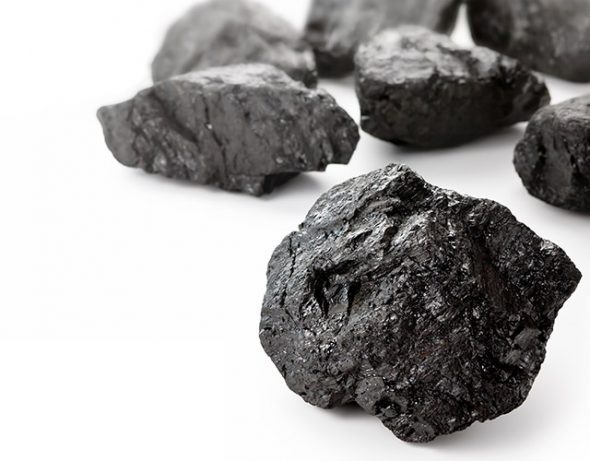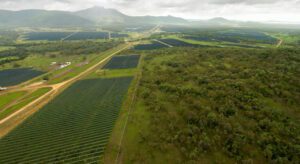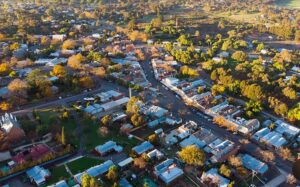Coal apologists the world over like to utilise a range of spurious ‘facts’ to support their argument for further coal investments. A commonly heard theme is the idea that we need coal because it’s cheap.
In Australia, the Chief Scientist’s call for a Clean Energy Target has seen a wave of highly dubious claims about coal leach out from its most ardent supporters maintaining that the latest generation of high-efficiency coal power plants are the answer.
The truth of the matter is that new coal-fired power stations are an increasingly expensive way to build generation capacity a fact reiterated recently by Catherine Tanna, Managing Director of power utility EnergyAustralia.
Kobad Bhavangri of Bloomberg New Energy Finance cites reputational, regulatory and return risks as key reasons why new coal-fired power is more expensive than it was historically, adding that “only in an imaginary world…is coal cheap”.
No Relation to Reality
The Minerals Council of Australia’s latest attempt to demonstrate how cheap new coal-fired generation is compared to renewables didn’t stand up to scrutiny.
Its figures included a predicted cost of US$1.8bn per 1,000MW for new ultra-supercritical coal power, putting Australia at the bottom of the international cost curve despite no domestic capacity to build it. The Australian Financial Review noted that the figures “bear no relation to reality”.
For a better idea of how much new coal in Australia would actually cost you can take a look at South Africa which has a similar cost of construction.
South Africa’s state-owned electricity utility Eskom is currently building two huge ultra-supercritical coal power plants. The Medupi and Kusile projects are huge – 4.8GW each, and are matched with equally huge cost and time overruns.
Medupi, currently expected to be completed in 2020 may have a cost to completion of ZAR195bn. Kusile won’t be finished until at least 2022 with a cost to completion of perhaps ZAR225bn. That’s a total cost of around US$32bn or US$3.3bn per 1,000MW, 83% higher than the Minerals Council of Australia estimate.
Subsidizing Coal for the Developing World
An option to try and avoid the poorly managed cost and time overruns seen in South Africa is to have one of the world’s best coal technology manufacturers and constructers build your plant.
As countries like China, Japan and South Korea move away from coal domestically and towards more renewables, they are seeking to push their coal expertise onto developing countries.
Crucially, the costs of such plants are held down by the implicit finance subsidies included in such deals which hides the true cost.
The Japan International Cooperation Agency (JICA) has recently handed out its largest ever subsidized loan – 500 billion yen (US$4.5bn) provided to Bangladesh to cover the cost of an ultra-supercritical coal-fired power plant and coal port at Matarbari in the south of the country. At 1.2GW, the power plant will be the largest in Bangladesh.
Of the 500 billion yen, 300 billion will fund the power station at a cost of US$2.3bn per 1,000MW. However, given that the plant will be using imported coal and can’t operate without the coal port, it could be argued that the true cost is US$4.5bn or US$3.75 per 1,000MW.
The full cost of electricity to be generated by this plant would be higher without the included subsidies, most prominently concessional finance from JICA which allows Bangladesh to operate such projects significantly cheaper than it could if it approached the open market for funding.
In addition, JICA has provided technical and planning support to Bangladesh – JICA wrote Bangladesh’s own Power System Master Plan.
Not surprisingly, the plan calls for a future power system that ignores renewables and is dominated by expensive imported coal and LNG-fired technology which Japan just happens to be able to provide.
Existing Coal Plants Are Also Expensive
As a result of the expense of new coal-fired power developments, reduced financial institutional interest in investing in coal and higher cost of capital charges to reflect carbon risk, much of the investment that goes into coal-fired power going forward will be on existing power plants in an attempt to extend their operating lifespan.
Even this will prove very expensive if and when carbon taxes are brought in.
Already heavily-indebted coal plant operators in India are seeking central government financial assistance to help retro-fit their coal plants in response to a government crackdown on air pollution. The total cost of the required technical updates has been estimated at US$38bn.
One avenue that the Indian power companies are attempting to follow is to convince the government to allow increases in coal-fired power tariffs.
This further undermines the notion that coal-fired power is cheap, especially given power tariffs from solar PV plants fell below the cost of existing coal-fired power plants this year.
Whether it is new coal-fired power stations or life-extensions of existing plants that are under consideration, the idea that coal is cheap simply doesn’t stack up.
Attempts to suggest that the cost of coal-fired power is cheaper than the plummeting cost of renewables are looking increasingly ridiculous and desperate.
Energy Finance Analyst Simon Nicholas is a fellow of the Institute of Chartered Accountants of England and Wales. Nicholas joined the IEEFA team in July 2016, after 16 years’ experience within the finance industry at ABN Amro, Macquarie Group and Commonwealth Bank of Australia in both Sydney and London.









